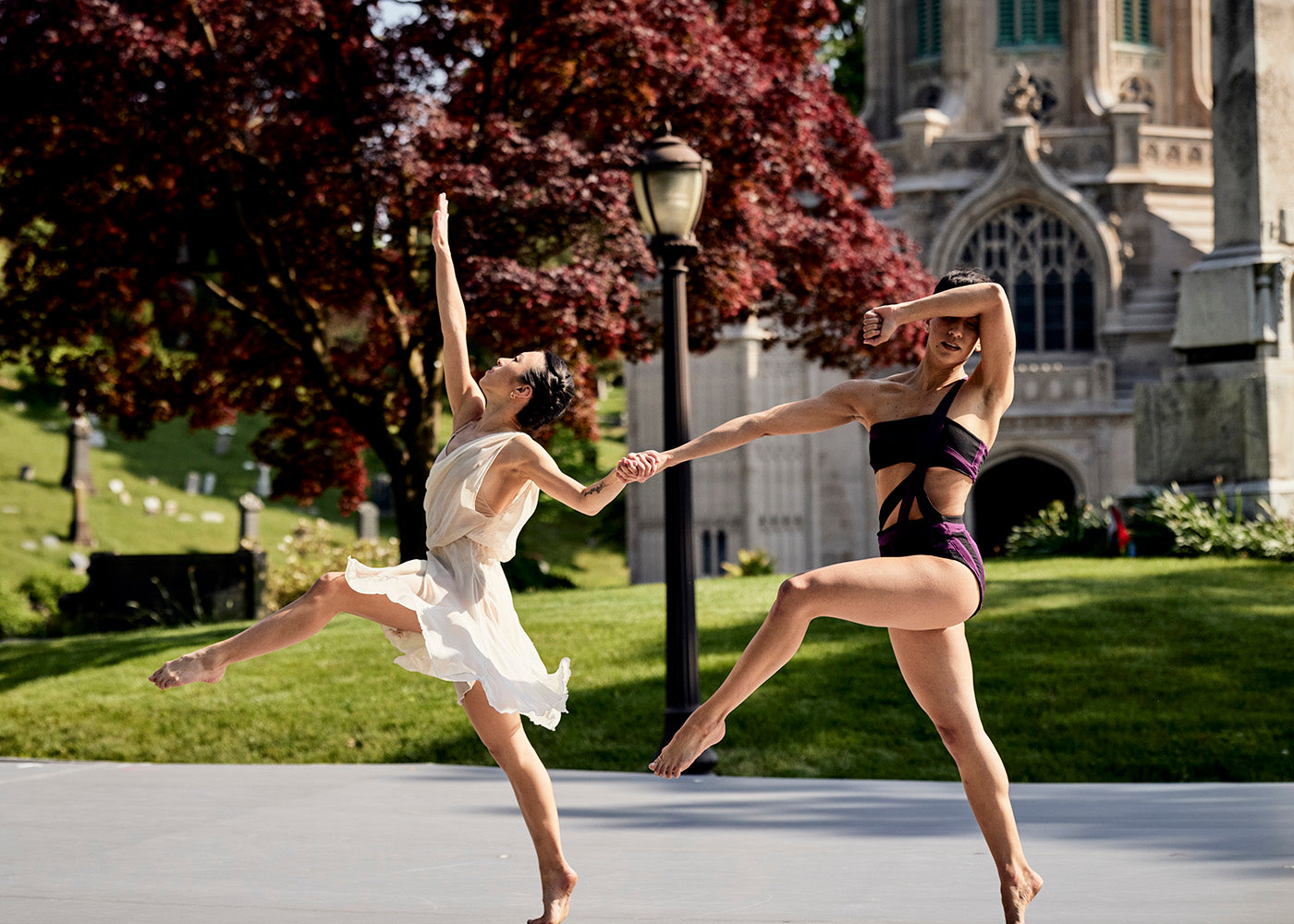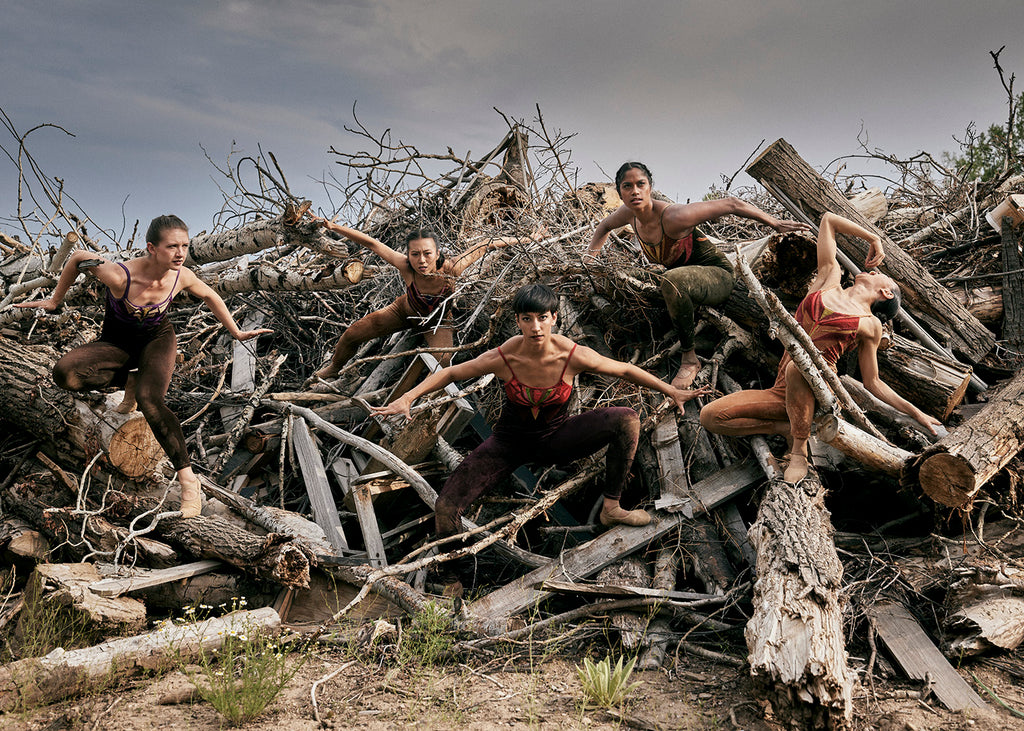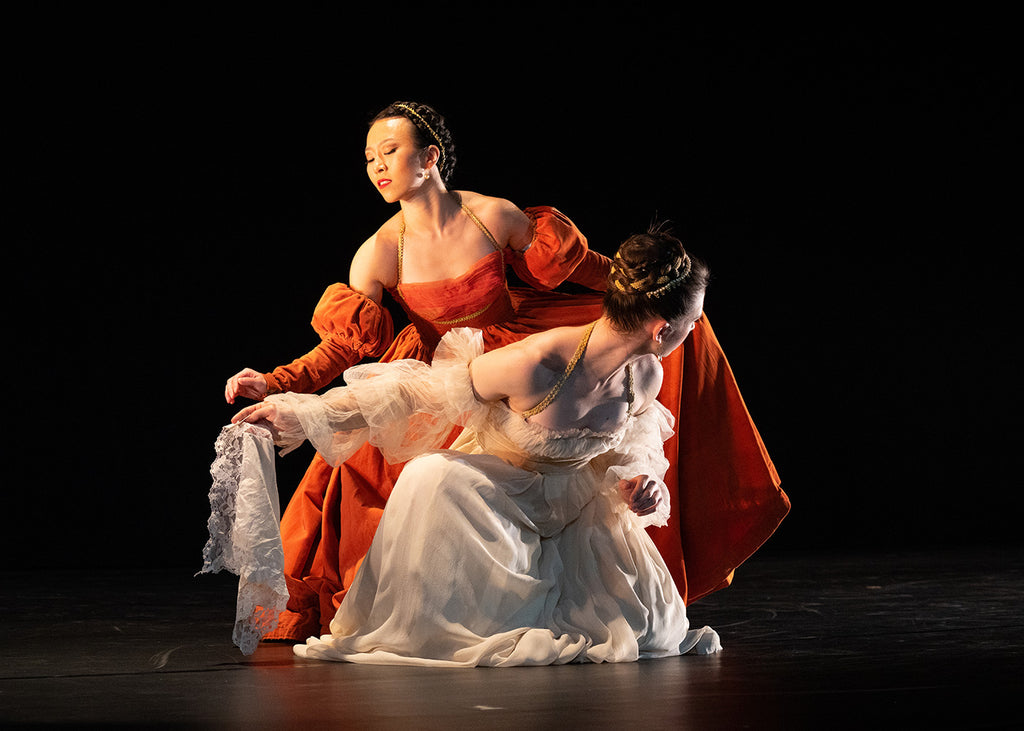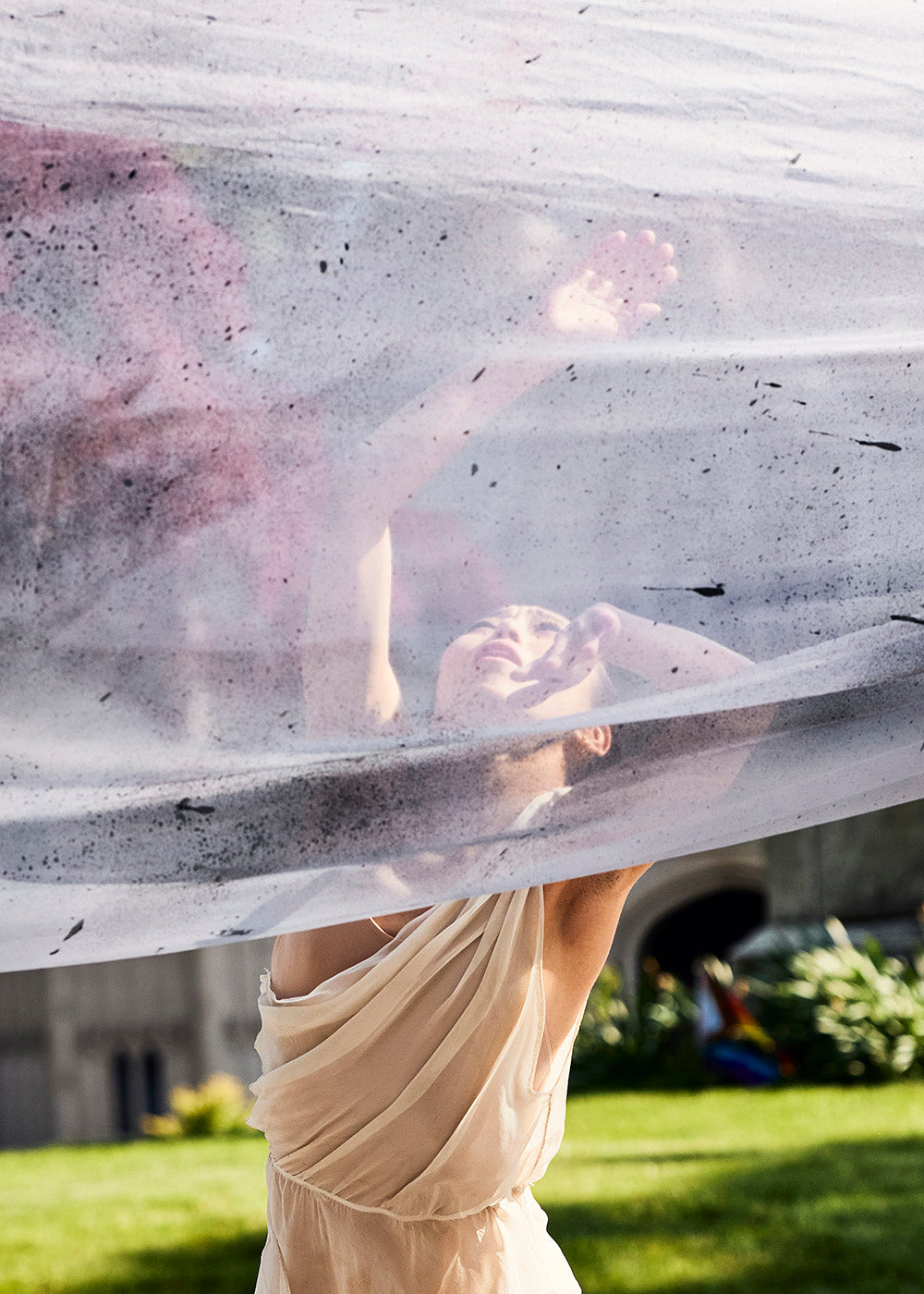Can you tell me about the process of working with Ben Ari and the dancers and how that is pulling together?
I think we were all a little nervous. How do we work with a visual artist who is not a choreographer? What does that look like? Everyone went in knowing that we were trying to create something new and beautiful. How do we deconstruct this dance, how do we reimagine it, and how does it get put onto a contemporary landscape?
We are changing the costumes. So you are no longer going to see these traditional, 14th century, Italian, velvet dresses. No, it’s a person of today who is experiencing this story, so the costumes are brand new. We originally started with the idea of using the original costumes and music. As we observed Hilla’s process of pulling the “Pavane” apart, we noticed that the drama changed. Her narrative, her storytelling is not like José’s. She would say, “Let’s have you walk on this way and let’s see what happens if you take that phrase and pause there and hold that while the other person does another part of the phrase.” It starts to deconstruct the Limón vocabulary until it takes a new shape and tells its own story. Just by taking the men out of the choreography and doing some of the gestures, postures, and vocabulary, we could feel a tension. The costumes weren’t right.
We said, “Well they can’t be in these 14th century Renaissance dresses. It doesn’t make sense anymore.” So how do we take the shape and intention of the costumes? How do you pull apart the purity of the white [Desdemona’s dress color] and the mischievousness of the orange [Emilia’s dress color]? We still had four characters—two on the screen and two dancing live, but they needed to be in different costumes. So what color works in opposition with the color white to tell a different color story and the same with the orange? In this way, it evolved. We had the costume designer come in and she tried some options. After considering many that didn’t feel quite right, we landed on a look that feels right for the story.
As Hilla continued deconstructing the choreography, I realized we were going to need a different score as well. So we started talking to a couple musicians and pulling apart the Purcell music, adding a different soundscape underneath, and using it so that it flows in and out. We landed on music that felt appropriate to tell the story.
So Ben Ari is choreographing?
Yes, I would say, “She is visually directing their dancing and giving them new ideas and material to play with.” It’s not the traditional way of working. She’s not up there teaching a phrase and saying, “Hey, do this phrase.” She would say, “Show me what the vocabulary is. Okay, can you pause there, can you run out of that, and can you go into this other moment?”
What role does the video play?
You’ll have two screens onstage. Each screen will house either the video recording of Desdemona or Emilia. Then you have the live Desdemona and Emilia in front of the screens. And there is interplay between the two; it is a quartet. You will see the quartet. The two live dancers will be performing in front of these projection screens that are placed on a bit of a diagonal and upstage of them. And they have been choreographed altogether.
And then, of course, there’s the hankie! [The handkerchief is considered a 5th character in the original choreography.]










fascinating interviews — show should come to DC!